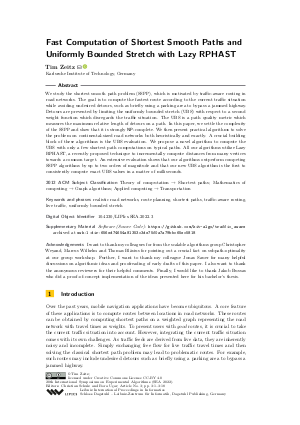LIPIcs.SEA.2022.3.pdf
- Filesize: 1.1 MB
- 18 pages

 Creative Commons Attribution 4.0 International license
Creative Commons Attribution 4.0 International license














Feedback for Dagstuhl Publishing